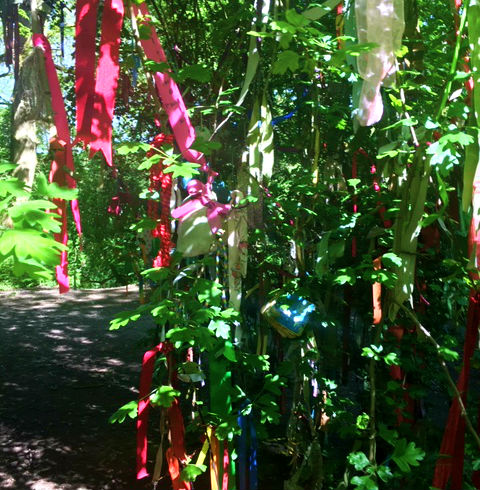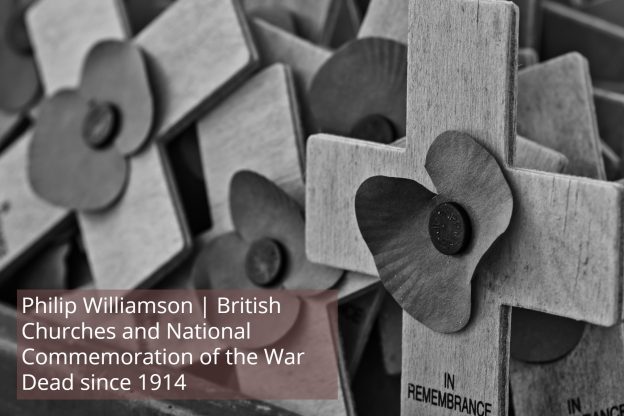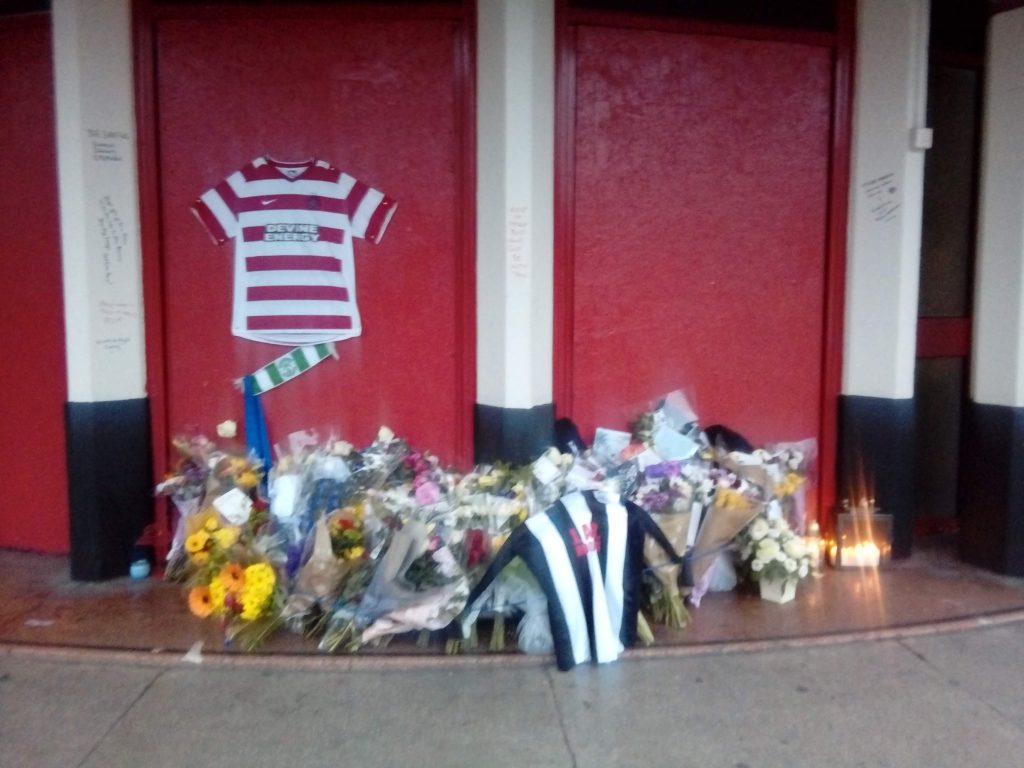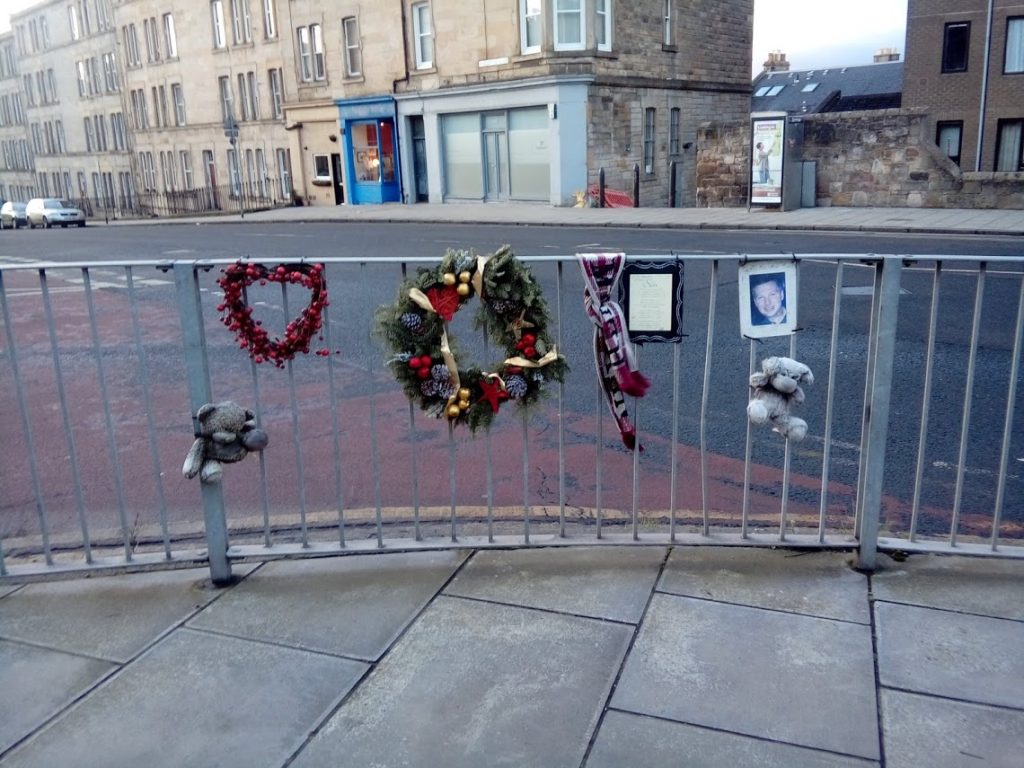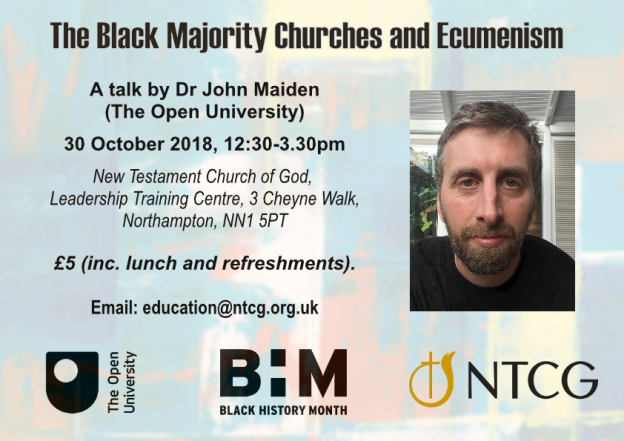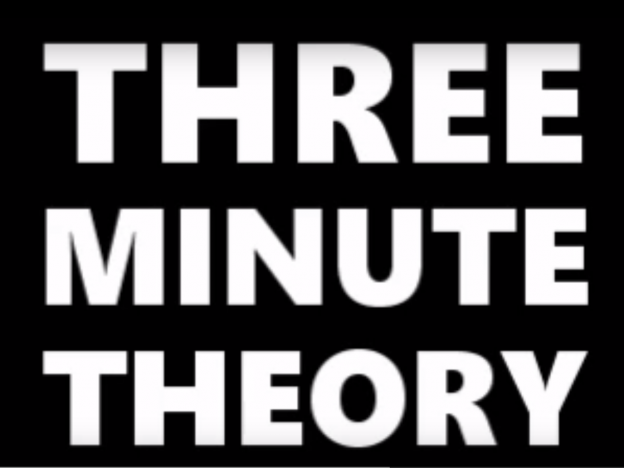By Kate Smith, University of Hull
The water we meet in the landscape carves out many meanings: it is sustenance, beauty, leisure, boundary, edge, life, death, rebirth. In my own landscape, it is a thing of contradictions. In my landscape there is only one river, yet we are surrounded by water; the valleys are dry, yet green and abundant; stubborn, marshy carr is locked in perpetual battle with just as stubborn, drain-building men; great chunks of old land fall away and new land emerges from the silt. It is a place where the difficulty of watering cattle and crops is given painful counterpoint by the frequency of flooding. All of this, these meanings, battles and paradoxes are ruled by the complex relationship between rocks, soil, water and people.
The meaning I am most drawn to, that resonates the most as the seasons around me change and the soil hardens with frost, is ‘rebirth’.
I spent a painful decade after getting my PhD, wandering around looking for something else to do: my doctoral research was intimately linked to the landscapes of my childhood, but after seven years of research, a major relocation and two babies, that connection had been lost. I hadn’t realised the extent to which the landscapes of my imagination fed my research until I was in a landscape with which I had no connection at all. My folklorist-research brain hibernated: I tried and tried to find a way to engage with the hills and plains that I was now living in but the spark would not reignite. And so I carried on with the rest of life, busy with small people and all that they demand. I almost forgot that once I had imagined, created and thought so intensely that it felt as though my head was full of dancing fireflies.
And then one day, a New Year’s day, we went for a walk. Just a couple of hours, but I wanted to go somewhere away from our usual paths so we headed off a few miles away to explore a circular route which included a bit of the old railway that once connected York and Beverley. And there, alongside the trackbed, looking somewhat out of place among the wintry trees and dark mud was a large, heavily decorated Rag Tree.
My folklorist-researcher brain woke up.
Next to the tree was a noticeboard, explaining the history of the site. Behind the noticeboard, off to the right were a series of steps and terraces, and a large, coffin-shaped tank into which flowed the clear, bright water of St Helen’s Well.
My folklorist-researcher brain *really* woke up.
Although it was cold, and although my dear, patient husband was somewhat bemused by my sudden excitement, we stayed by that well and its rag tree for nearly an hour as I wandered about, trying to photograph everything, trying to count and categorise all the rags in the tree, trying to photograph all the panels in the noticeboard, trying to swallow all of the context in one giant gulp.
I had found my way in. I had found meaning in a landscape that had, until now, been alien and disinterested.
My work in this place had to be about the water. This landscape is all about the water, and the way that people live with it. The folklorist-researcher brain that had slept and slept for so long finally had something to stay awake for. That walk was the start of an exploration that continues: I now have a visiting research position within the Energy and Environment Institute at the University of Hull, working alongside geographers and geologists who are concerned with the physical effects of water and flooding. They know an awful lot about how water has affected the physical landscape of this area, but they know very little about how water has affected the emotional, cultural, and spiritual landscape of this area.
I think now that perhaps the prolonged hibernation of my thinking brain was a way of coping with the mundane relentlessness that parenting brings us. Getting back into academic work hasn’t been without its challenges, and I’m at the very start of my formal research into water in this landscape. But I have already learnt this much: it is never too late to have another go, and that sometimes a period of intellectual stillness can be a good thing. And I am grateful that my thinking, imagining, creating brain was reborn by an encounter with water in my landscape.

